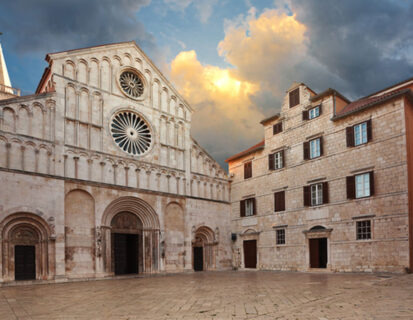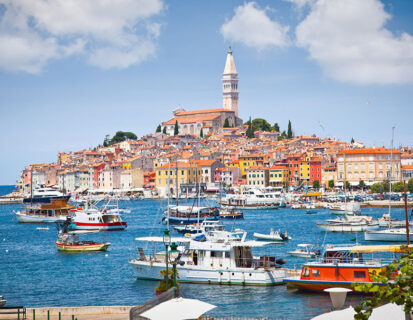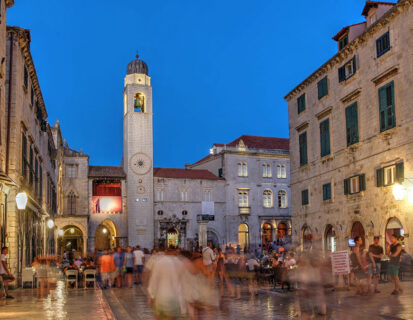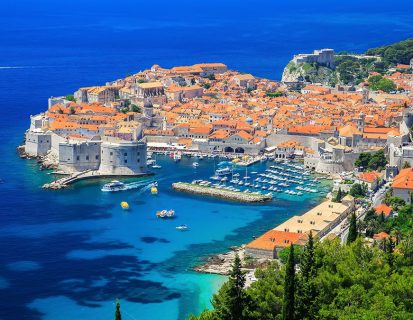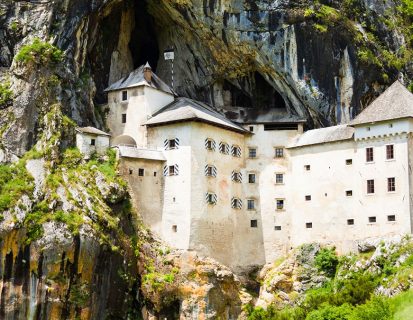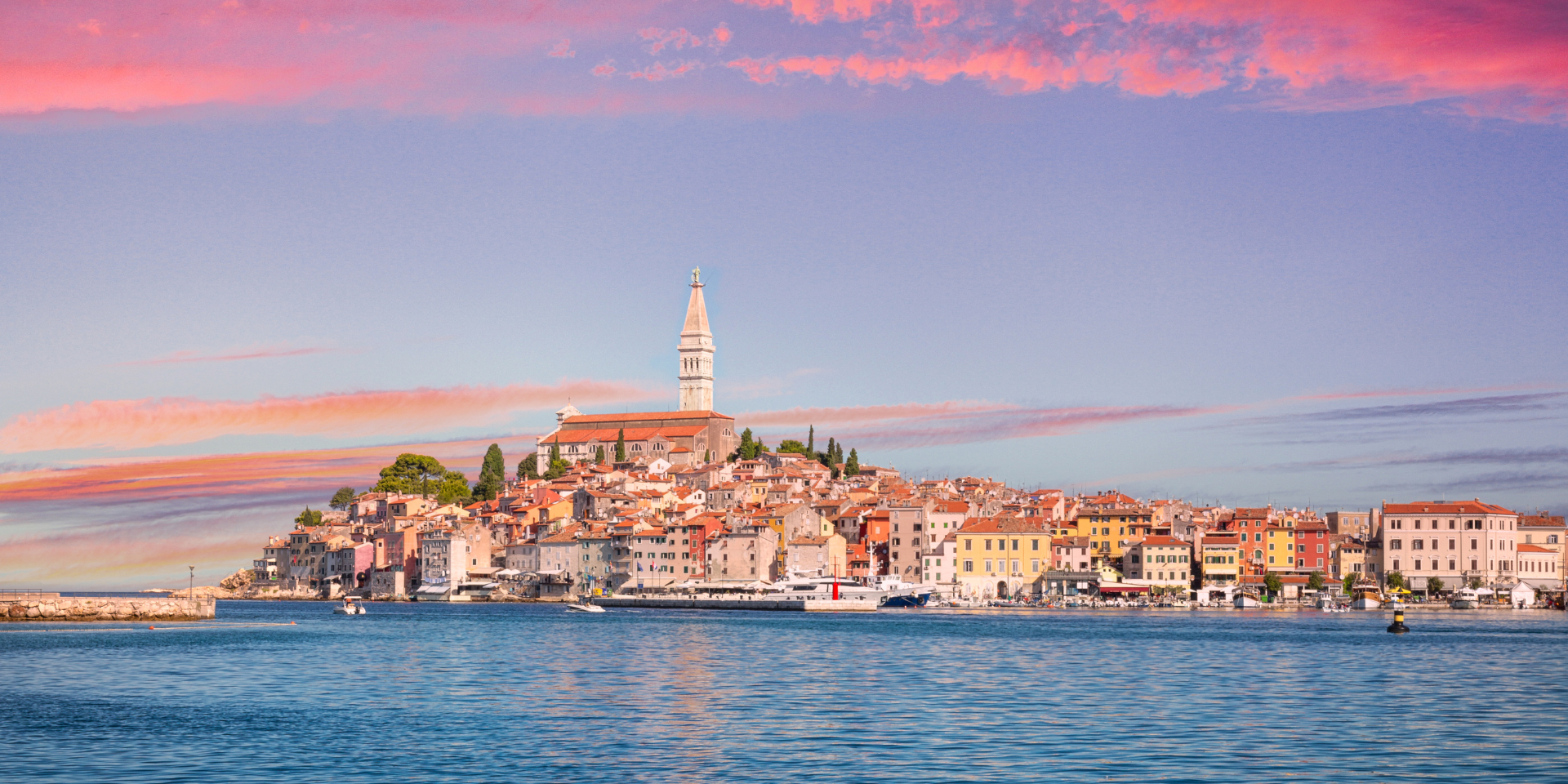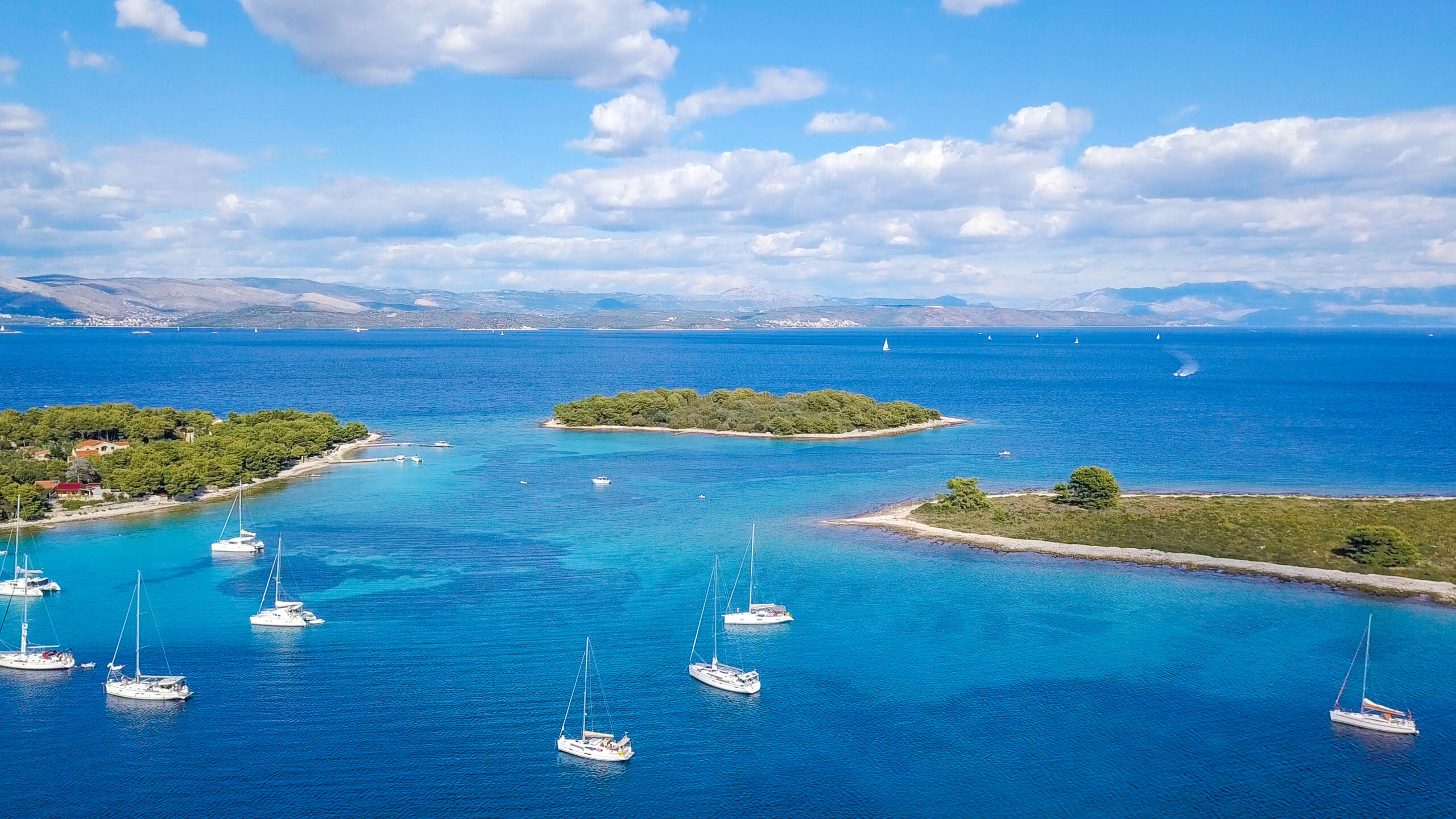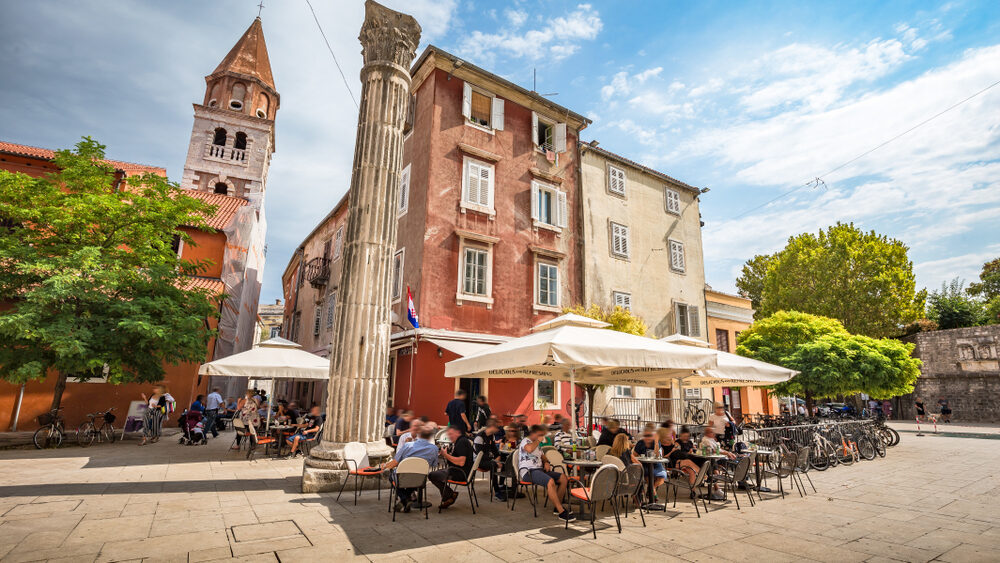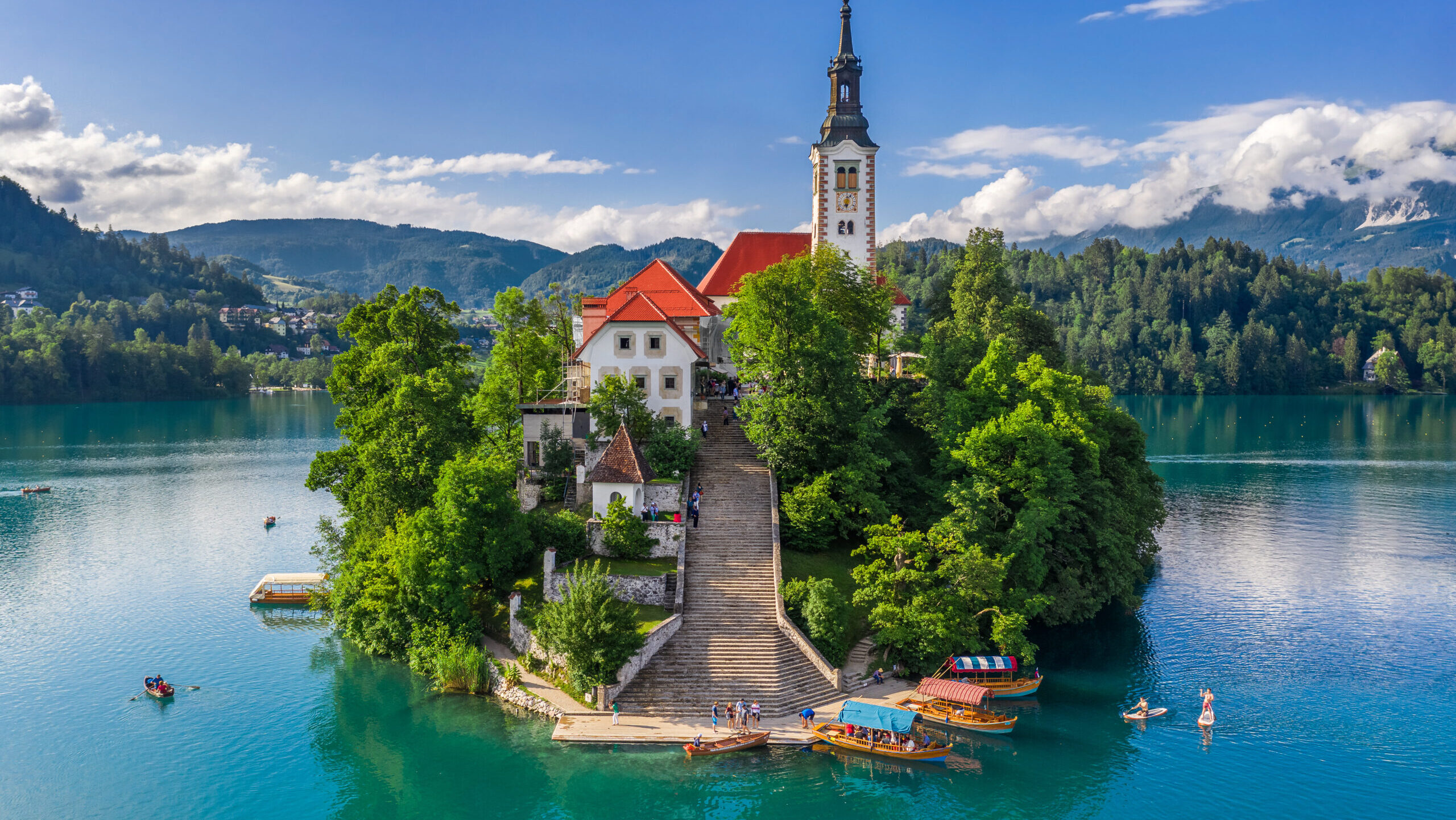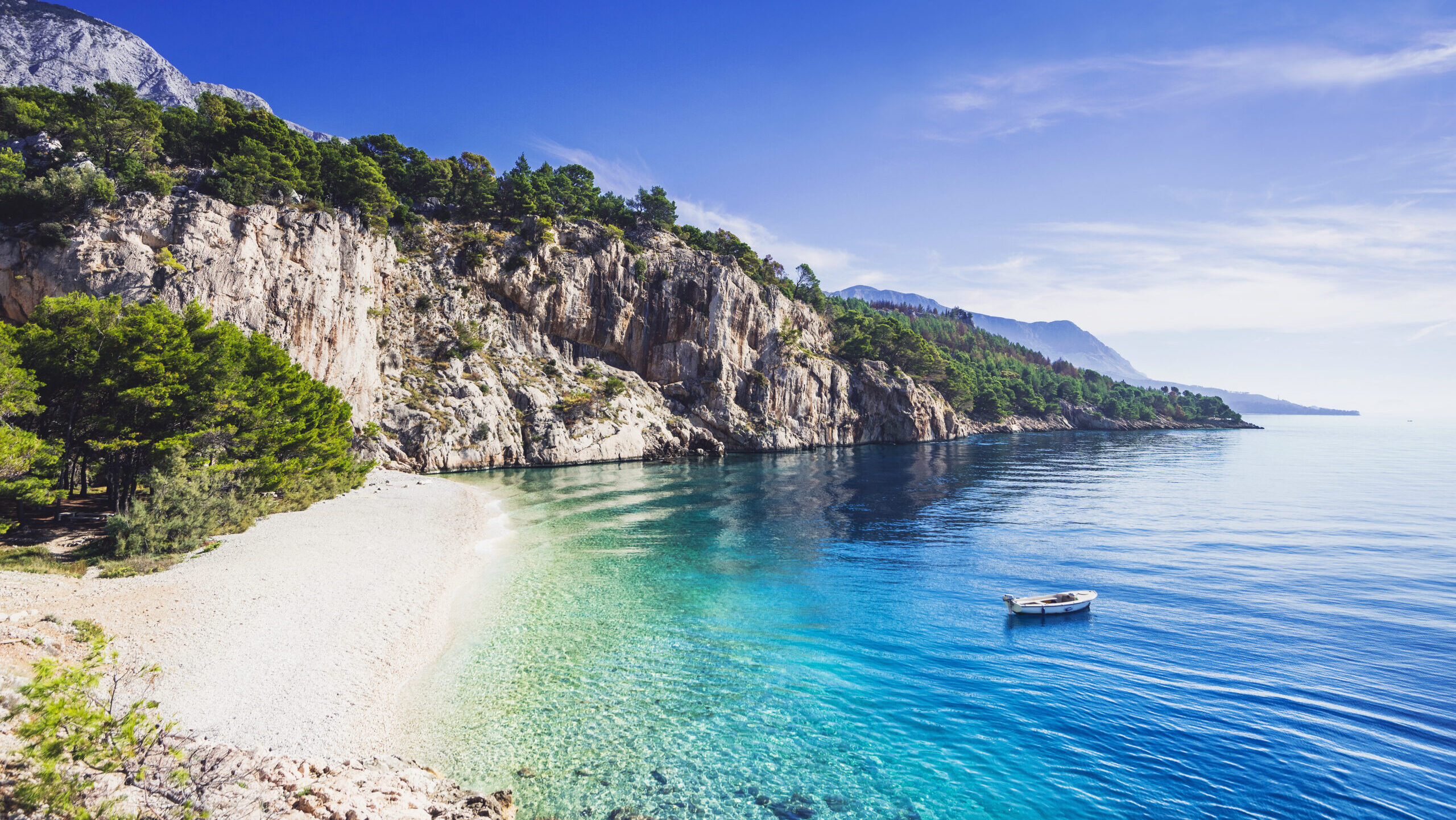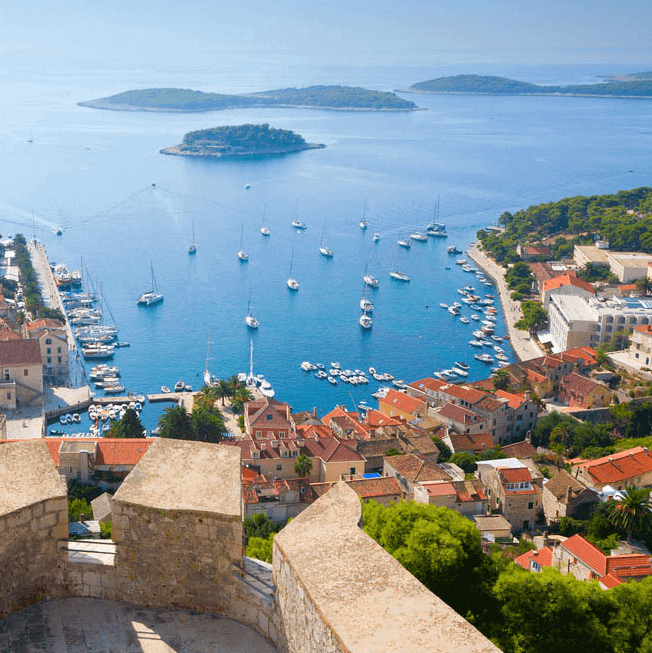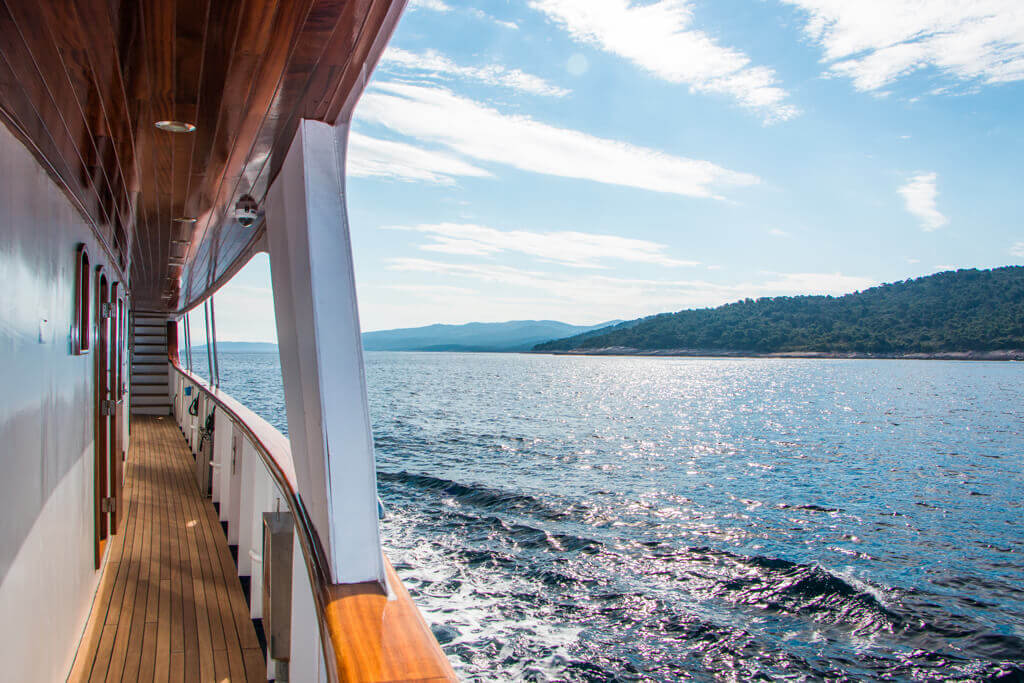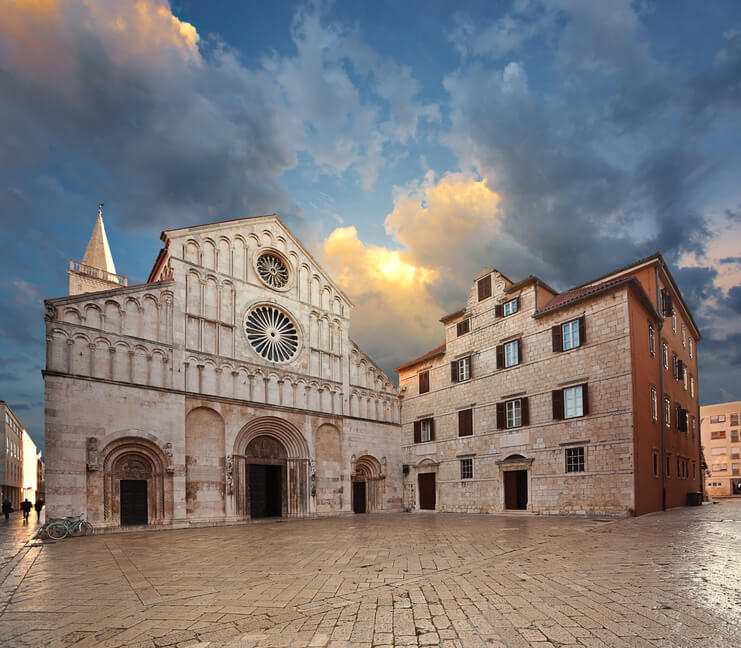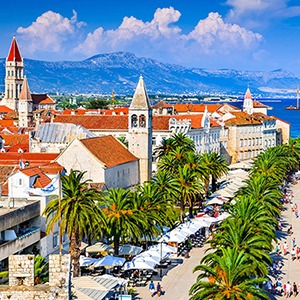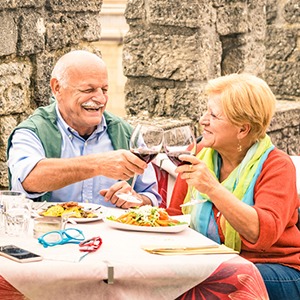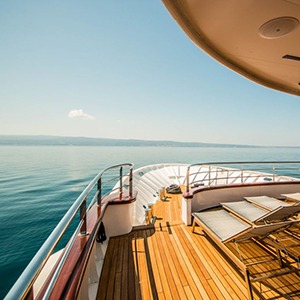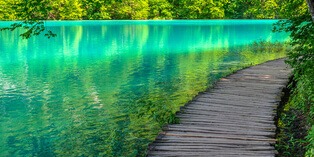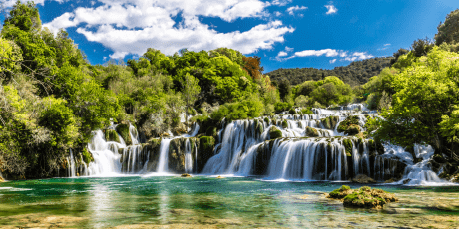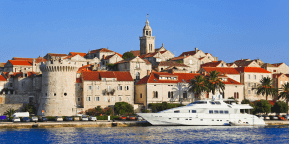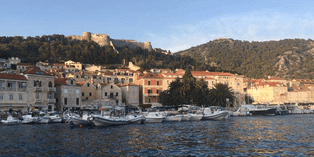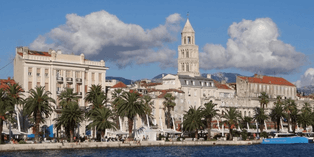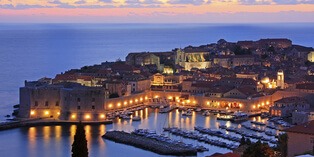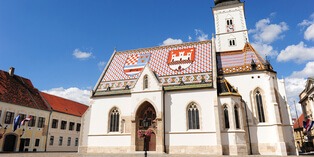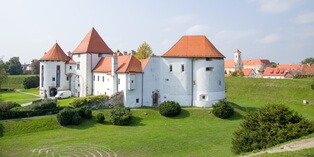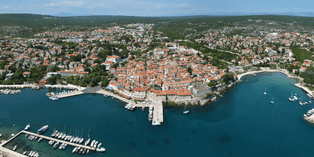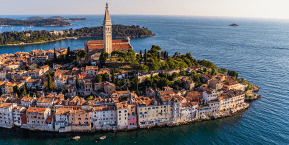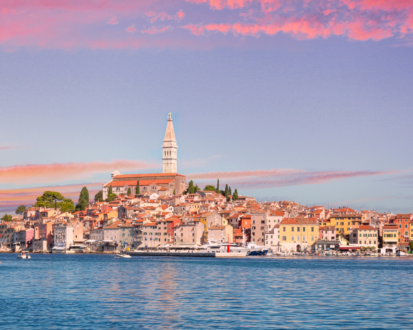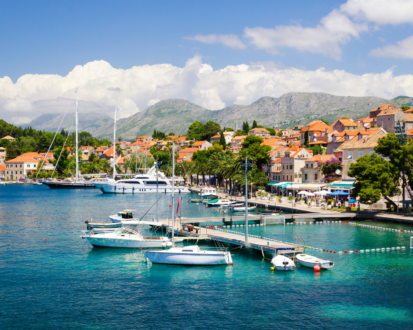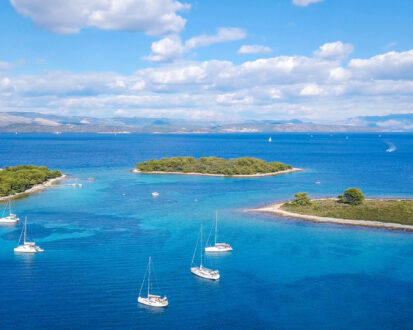Croatia Travel Experts
Custom Itineraries, Private Charters, Excursions, and Tours
Seeing Croatia for the first time is a life-changing experience. To visit time and again is to re-affirm life. Blessed with magnificent scenery and incredible history and enriched with folk traditions and delicious regional foods and wines, here is a region so divine that it has been named one of the best travel destinations and adventures in the world. Mediterranean, European, and Balkan influences have formed an ancient and distinctive cultural heritage throughout its pastoral countryside to its shimmering coastlines. From its lush national parks teeming with flora and fauna and stunning waterfalls to its glistening chain of lavender and citrus scented islands in the sun-drenched Adriatic Sea, this is truly one of the most beautiful tourist spots on Earth. An adventurous tour to romantic Croatia is a lovely and indelible memory that lives with you forever.
MOST REQUESTED TOURS
Over the past few years, our clients have given us a good indication of their favorite routings, itineraries, and services. Here are some of our clients favorite itineraries.
DESTINATIONS
Croatia is full of experiences you don't want to miss! Nature, Islands, Heritage, Gourmet Foodie Experiences and a few Michelin Star restaurants!
News Articles & Blogs
Find inspiration for your vacation
-
A Luxury Croatia Itinerary
April 19, 2024 -
Guide to Booking a Customized Tour of Croatia
April 12, 2024 -
Guide to Croatia Southern Islands
April 5, 2024



 English
English French
French

